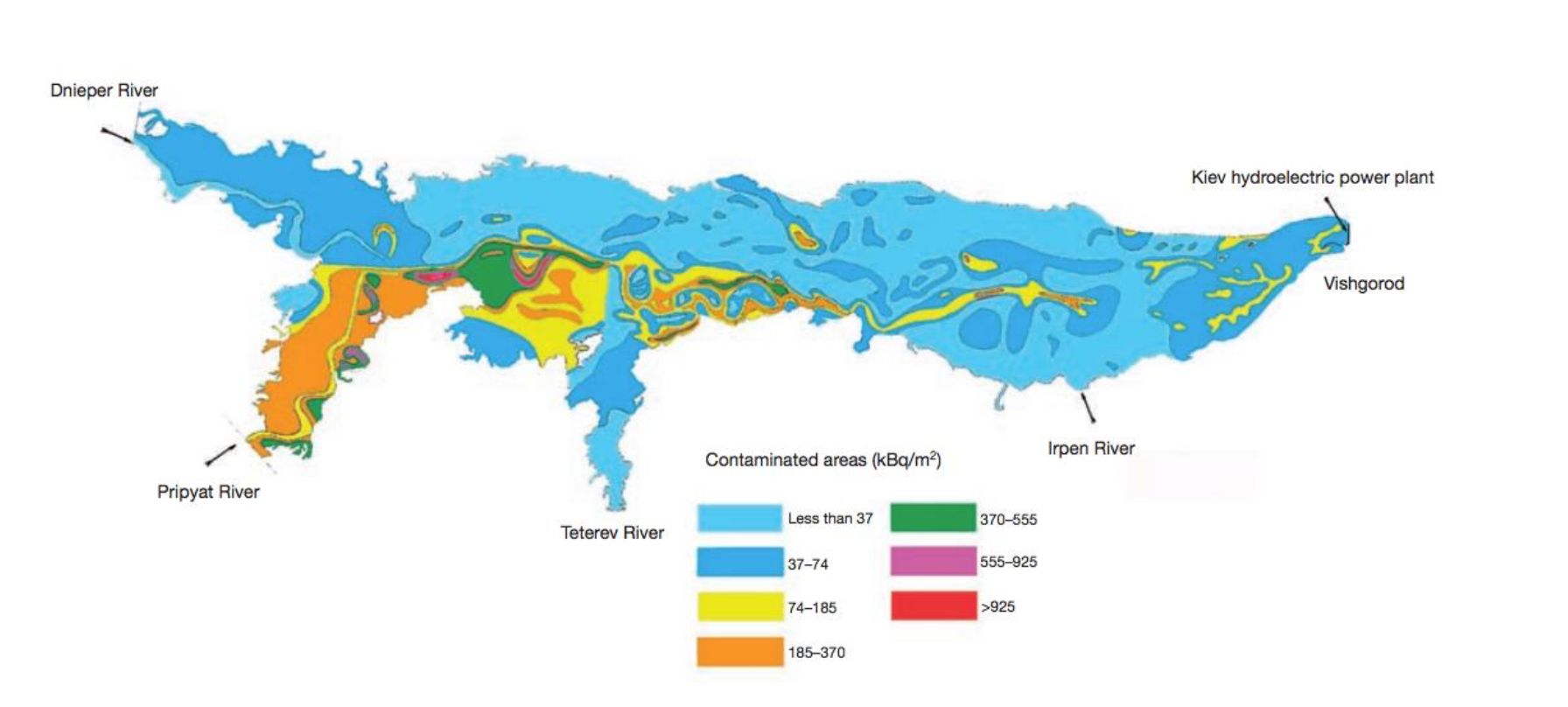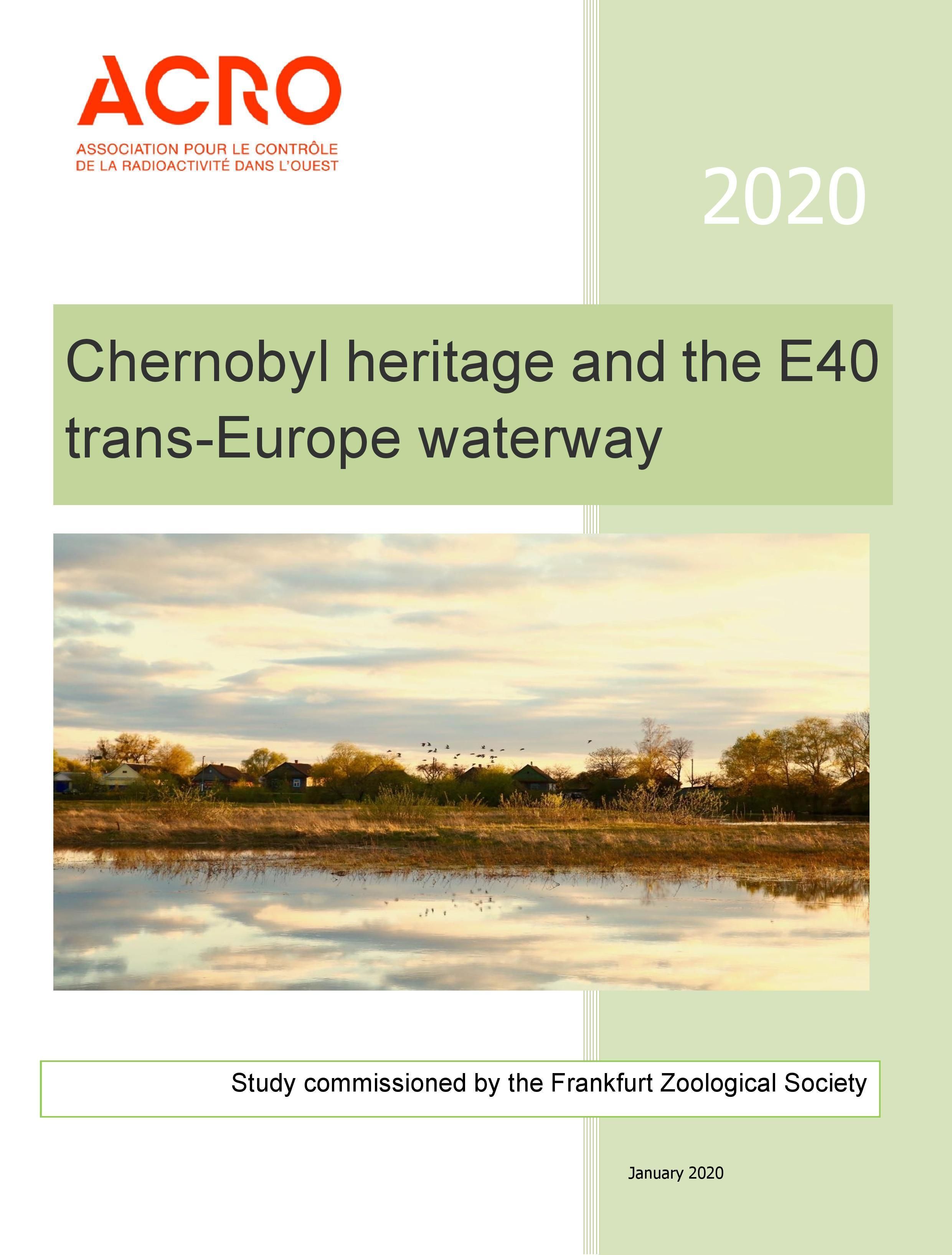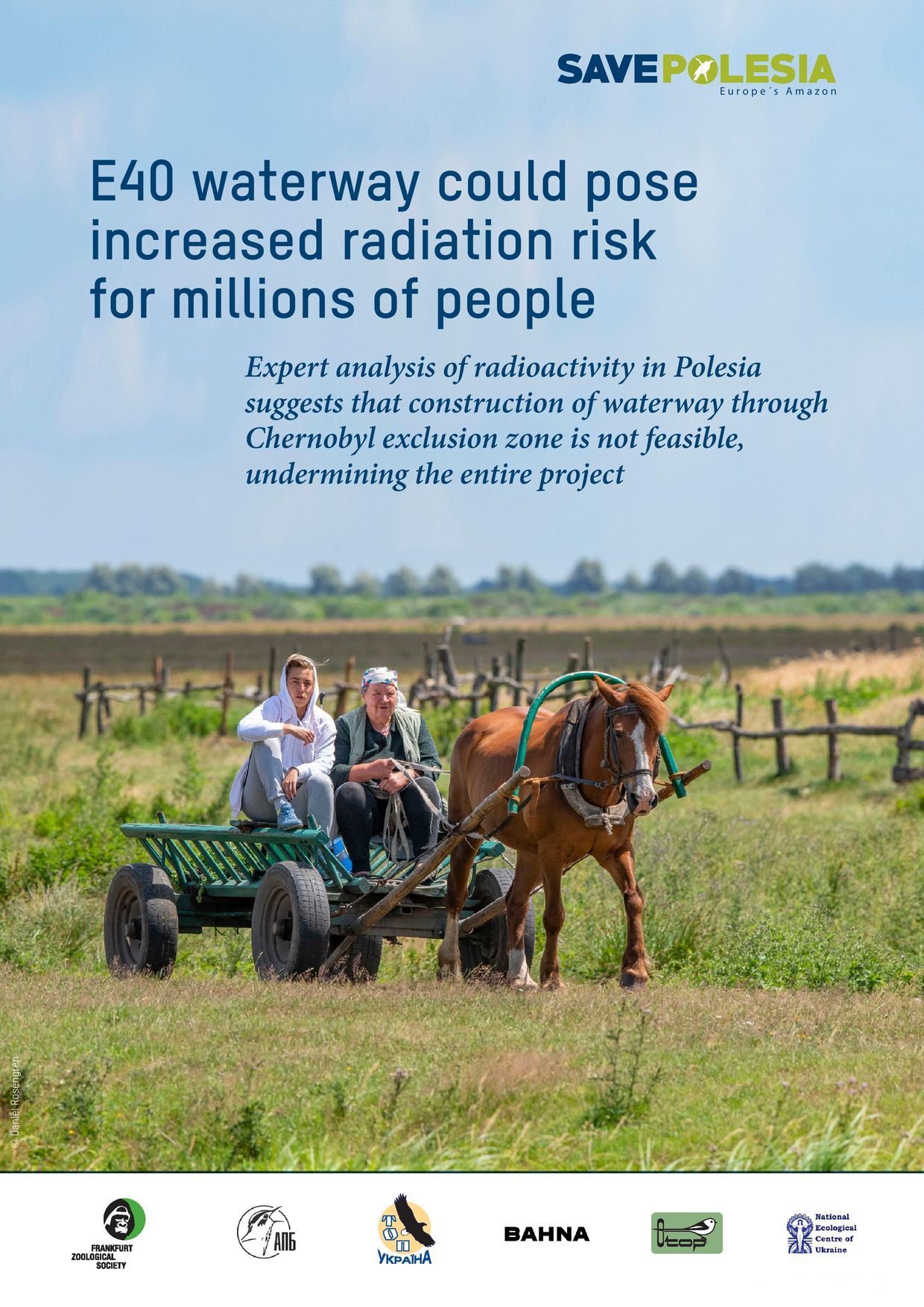Planned E40 waterway could pose increased radiation risk for millions of people
- Topic: Rivers and lakes
- Author: Багна
- Date: 22.04.2020, 16:29
Expert analysis of radioactivity released on Chernobyl’s anniversary undermines entire project.
Governments of Belarus, Poland and Ukraine put human health at risk if they proceed with the plans to construct a 2,000 kilometres long waterway linking the Baltic and the Black Sea. Today, an expert study on the radiation impacts of the so-called ‘E40’waterway was released by the French non-governmental organization “Association pour le Contrôle de la Radioactivité dans l’Ouest” (ACRO). The E40 waterway would require dredging inside the Chernobyl exclusion zone and could according to the scientists:
Disturb several radiation hotspots;
Resuspend contaminated sediment which the International Atomic Energy Agency recommends leaving undisturbed;
Expose construction workers to dangerous levels of radiation; and
Pose an increased radiation risk through contaminated water for millions of people.
David Boilley, one of the authors of the study, nuclear physicist and the chairman of ACRO about the plans to build the E40 waterway: ‘Taking the results of our radioactivity analysis into account, constructing the E40 waterway through the Chernobyl exclusion zone is not feasible. This undermines the entire project’.

Despite these hazardous risks, construction of elements of the E40 waterway looks set to start in Ukraine and Belarus. In official studies, such as the 2015 feasibility study commissioned by the promoters of the E40 waterway, potential radiation impacts have not been adequately considered. That’s why ‘Save Polesia’, a coalition of the Frankfurt Zoological Society and five other civil society organisations, commissioned the expert analysis.
The E40 waterway would pass as close as 2.5 kilometres from the Chernobyl nuclear reactor. Exactly 34 years ago, on 26 April 1986, Chernobyl hit world headlines when its nuclear power plant exploded. A vast area of what is now the borderlands of Belarus and Ukraine, was showered with radiation, becoming one of the most contaminated places on earth.

Short version or full text of the analysis of radioactivity released on Chernobyl’s anniversary undermines entire project E40 waterway.
Reference
The E40 waterway would not only put human health at risk, but also cut through the heart of Polesia, Europe’s largest wilderness. The area straddles the borders of Belarus, Poland, Russia and Ukraine and is often described as Europe’s Amazon. Polesia’s pristine rivers, including the more than 750 kilometres long Pripyat, enormous floodplains and wetlands are home to some of the most biodiverse and culturally rich parts of Europe. A vast array of wildlife, large mammals such as bison, bear and lynx, and birds like the globally threatened aquatic warbler, find shelter here. Every year, millions of migratory birds rest and refuel in Polesia.
Reprinting of Bahna materials is possible only with the written permission of the publisher

